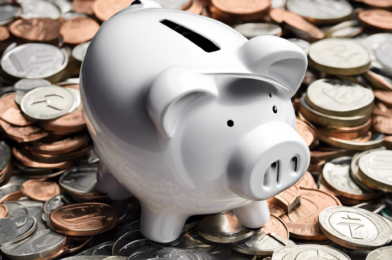So, you’re thinking about dipping your toes into the world of investing? It’s an exciting step towards building your financial future. But for beginners, the prospect of investing can be both thrilling and intimidating. Where do you even begin? The financial markets might feel like a complex labyrinth, but fear not! This guide will provide a straightforward roadmap to help you navigate your initial investment journey.
First and foremost, it’s crucial to understand the fundamental concept of investing. At its core, investing is the act of committing money to a financial scheme, business, or venture with the expectation of achieving a profit. This process involves purchasing assets and holding them over a period, anticipating that they will increase in value over time.
The most common assets for beginner investors are stocks and bonds. Stocks represent ownership shares in a company, allowing you to become a part-owner of a business. When you buy a stock, you’re essentially purchasing a piece of that company’s future profits and growth. Bonds, on the other hand, are like loans made to a company or government. You lend your money to the issuer, and they agree to pay you back with interest over time.
##
Now, let’s talk about where to invest your money. The most common places to buy stocks and bonds are through brokerage firms or online brokerage accounts. These platforms provide access to the stock market, allowing you to buy and sell assets. Numerous reputable online brokerage firms offer user-friendly interfaces and educational resources tailored for beginners.
When opening a brokerage account, you’ll have the option to choose between a standard brokerage account and a retirement account, such as an IRA (Individual Retirement Account). Retirement accounts offer tax advantages, making them an attractive choice for long-term investing. However, they come with restrictions on when you can withdraw funds without penalties.
As a novice investor, it’s crucial to educate yourself about the market. Start by learning the basic concepts of investing, such as diversification (spreading your investments across different assets to reduce risk) and compound interest (how your investments can grow exponentially over time). Numerous online resources, books, and podcasts are readily available to help you grasp these fundamentals.
Lastly, consider your risk tolerance and investment goals. Are you comfortable with higher risk in pursuit of potentially greater returns, or do you prefer a more conservative approach? Understanding your risk profile will guide your investment choices.





